
Nov 25 2021
8 min read

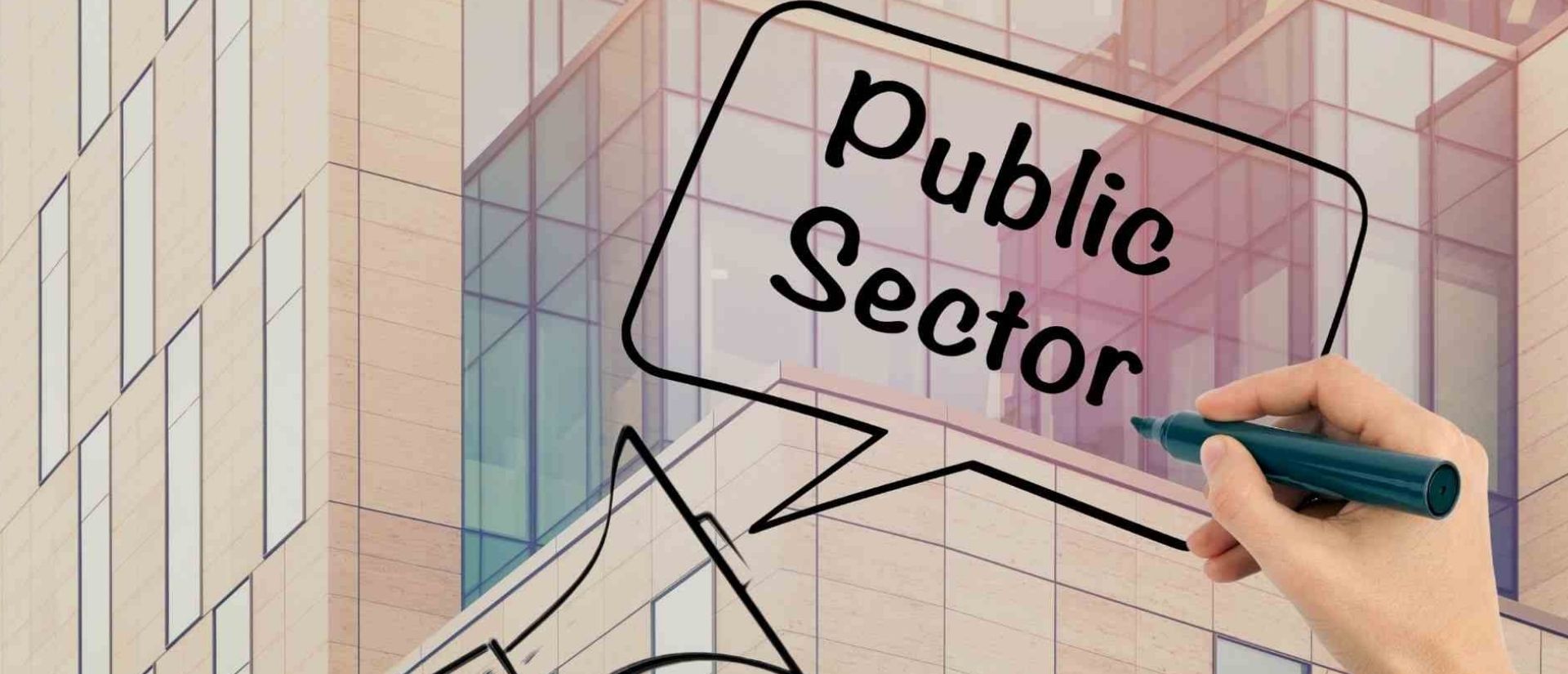
Aug
Whether it is the local post office, the district court, or the national library— public sectors, owing to their very nature of serving the public, have to rely on communication. However, in reality, public offices and institutions are hardly the places where you will find yourself receiving information effortlessly.
The public sector has a thing or two to learn from the trailblazing world of the private sector. The merit of communication comes first on that list.
While corporate offices are furnished with large digital signage displays at every nook and corner (disseminating information clearly and concisely), most public sector offices are still lagging as far as digitization is concerned.
This post points out some of the umpteen ways in which digital signage can benefit the public sector.
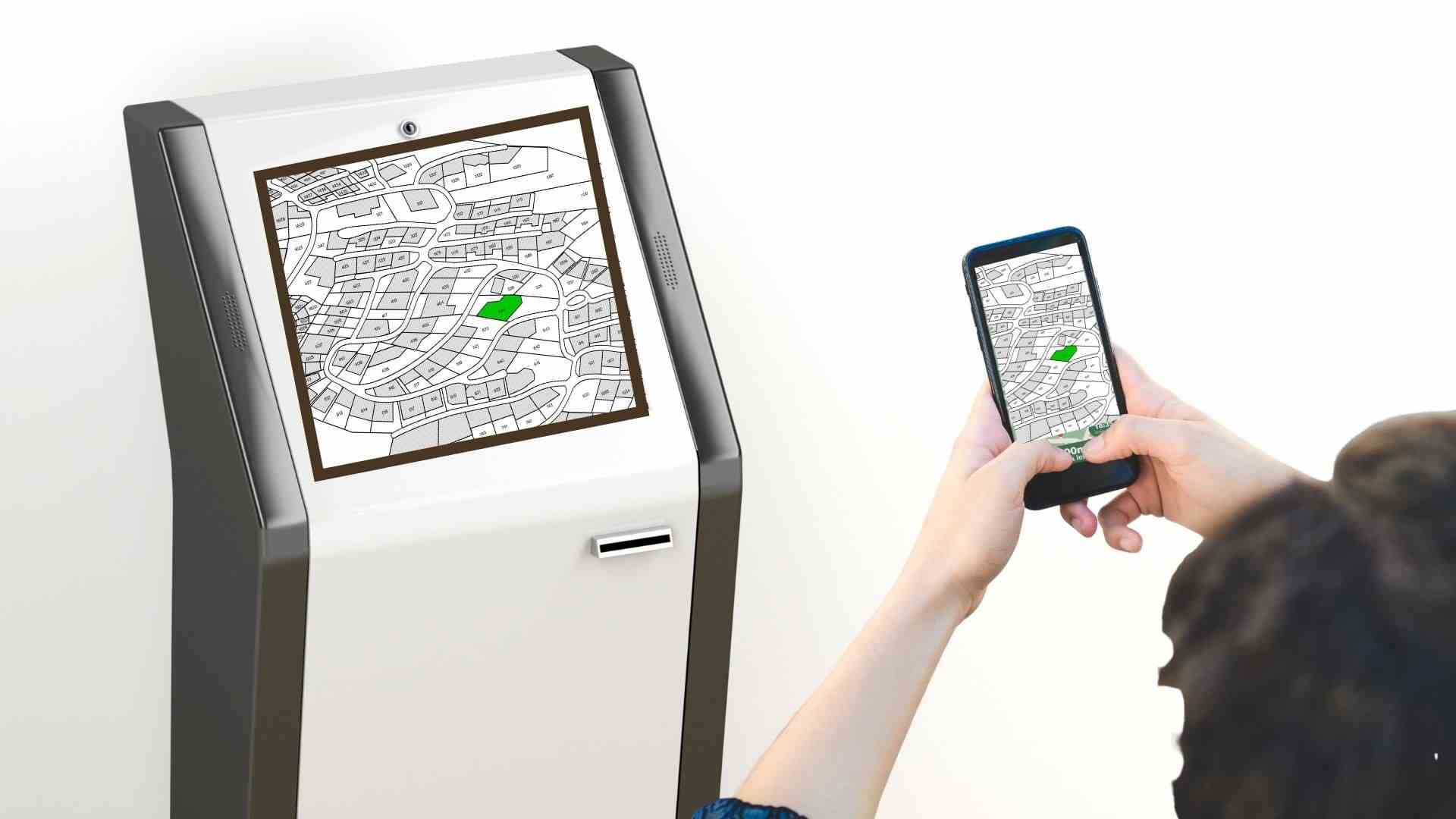
Public offices are busy places. Large public sector buildings are nothing short of a befuddling maze. Often it’s hard to figure out who is a staff and who is a visitor. Haven’t we all had the experience of running from cubicle-to-cubicle in search of a person of interest? Or simply running in circles throughout the building looking for a department? These are petty inconveniences that can be easily avoided. A simple digital signage solution can solve so many problems at one go.
Authorities can deploy interactive wayfinding digital signage at various locations like:
Digital signage devices for wayfinding can range from a standalone kiosk to a large display or just a simple digitized direction sign.
There are so many innovative ways in which a digital signage solution can make wayfinding in public offices a lot easier. For example, digital signage solution providers can design a wayfinding application such that it allows the users to get the building map on their smartphones via a simple touch-free QR-code-based system.
Communication is essential in the public sector, but government agencies often struggle to effectively communicate with visitors. This is especially true for offices that receive a high volume of inquiries, such as immigration offices, embassies, and national museums. Additionally, many visitors may not speak the same language as the office staff. Government digital signage can help solve these communication challenges by displaying important information in multiple languages and in a visually appealing way. With government digital signage, agencies can improve communication with visitors and provide a better overall experience.
Take the example of an interactive kiosk that allows its users to select their ’language of preference’ and get information in that language. Tourists can learn about a place’s cultural history, government rules & policies, emergency helpline numbers, etc. There are no human alternatives to these flexible digital signage solutions which can cater to a diverse group of people simultaneously.

The need for deploying digital signage in the public sector offices has become more pressing in the wake of the coronavirus pandemic. Public sector offices are at the highest risk of becoming a site of contamination. In this scenario, the authorities can install digital signage at strategic positions to:
You may be interested in: Pickcel Covid-19 Dashboard app— Show real-time Covid updates from the WHO website to spread awareness.
In public sector premises, where disability accessibility is crucial, on-premise signage solutions can play a vital role in addressing the needs of diverse users. Unlike cloud digital solutions that rely heavily on internet connectivity, on-premise digital signage can operate independently or with minimal internet dependence. To make it disability-inclusive, on-premise technology can incorporate features like text-to-speech ideas, enabling visually impaired individuals to interact with the kiosk using audio instructions and feedback. Additionally, the kiosk can have tactile elements or large, easy-to-read fonts for those with low vision.
Apart from these, there are a number of apps like mobile note identifier apps, object identifier apps, color identifier apps that can also be integrated with the digital signage system to make the public spaces more disability-accessible.
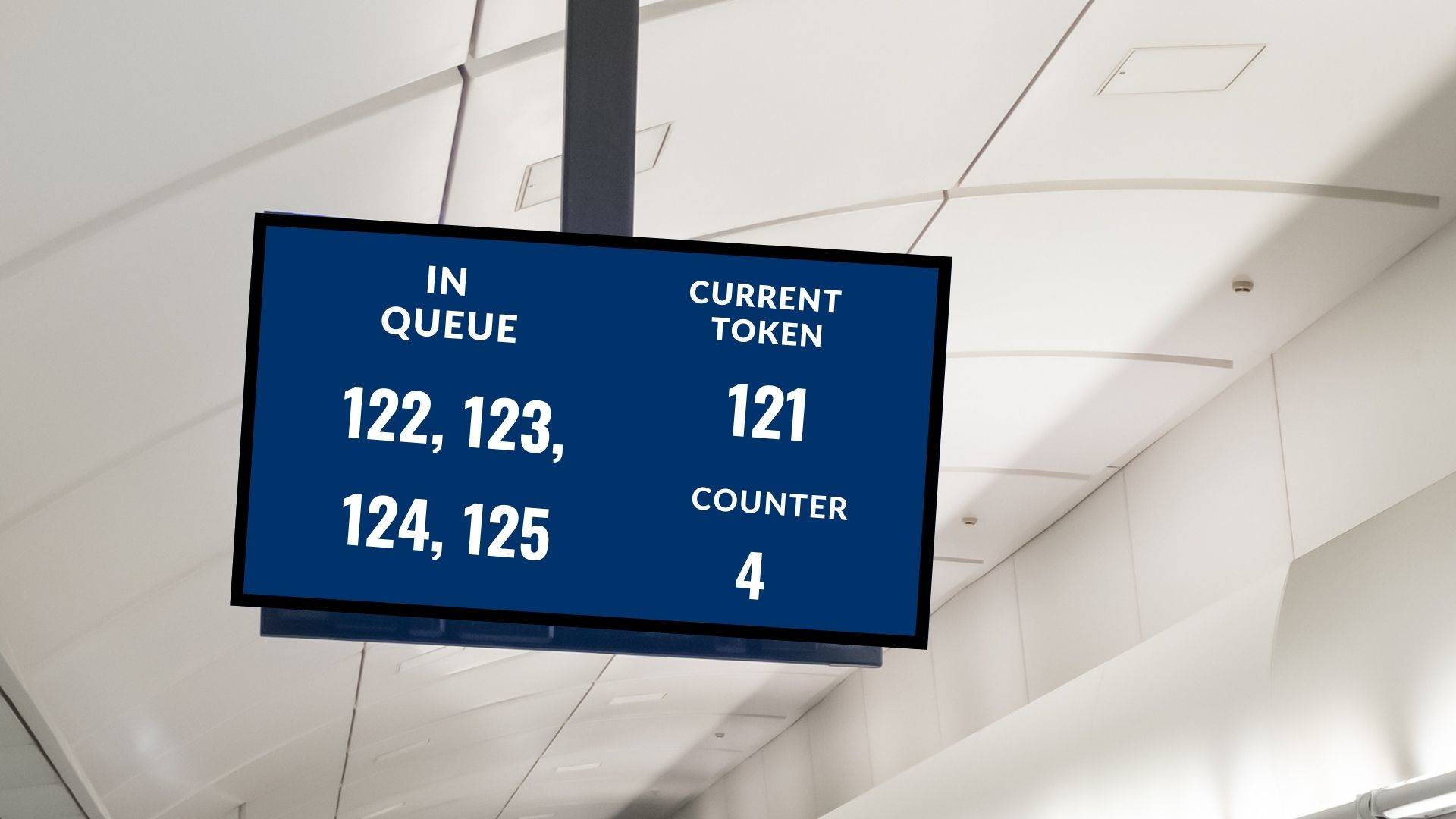
If there is any sector that requires queue management as much as the retail industry, it is the public sector. Courts, police stations, and immigration offices,government facilities are some examples of public sector premises that remain flooded with people throughout the day. The staff assisting the public in these offices are often so overburdened with public queries and complaints that manual management of queues becomes challenging.
Sometimes errors or innocent mismanagement by the staff can also lead to heightened public frustration resulting in commotions and disruptions of the workplace. There is a simple way to avoid all such negative outcomes: adopting a digital queue management system for the heavy-rush public sector offices
A queue management system is a smart and efficient way to manage queues in your office or store. By using a self-check-in kiosk or digital signage, visitors can receive virtual queue tickets and avoid the hassle of physical queues.
LED displays installed throughout the premises can show the real-time status of the queue, allowing visitors to monitor their position and perceived wait time easily.
The system can also be easily updated, allowing you to adjust the queue management process based on the needs of your business and customers."
Smart digital signage solution providers like Pickcel can also design digital queue management systems where the visitors can scan a QR code from a kiosk and get their queue tickets directly on their smartphone devices. This allows even greater flexibility in terms of real-time queue status tracking.
Digital signage is assuming new roles every day. Technologies like digital signage that give high ROI can quickly become the favourite of every industry. Many who still believe that digital signage serves only for the purpose of marketing (and that public sector offices do not require marketing!) are sorely mistaken.
Digital signage has already achieved the potential to become a virtual assistant, often a very personalized one. Whether it is to communicate information to the masses or to give the public the freedom and flexibility of self-service, public sector offices can benefit from innovative digital signage solutions in ways unimaginable. Upgrading to technological solutions like digital signage makes the public feel valued. At the same time, it also helps to streamline the heavy workflow of government offices, thereby improving the service quality.
It’s a win-win for all.
Take complete control of what you show on your digital signage & how you show it.
Start Free Trial Schedule My Demo
Nov 25 2021
8 min read

Apr 12 2021
10 min read
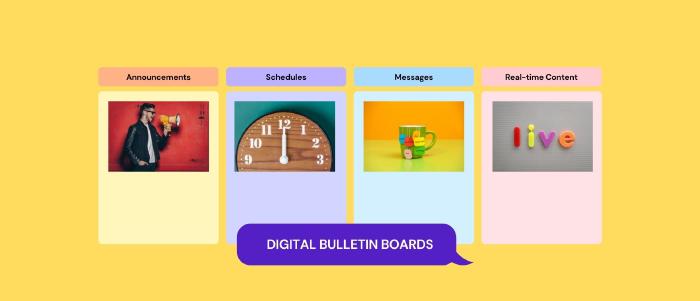
Oct 27 2020
13 min read
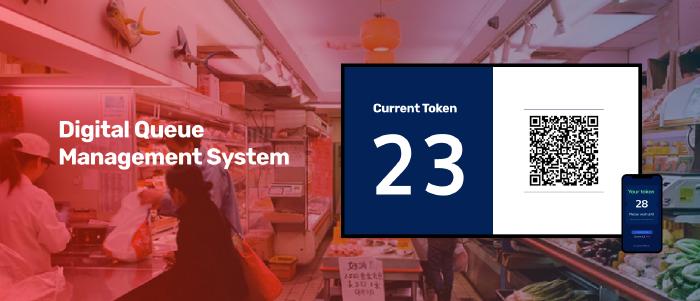
Oct 22 2020
7 min read